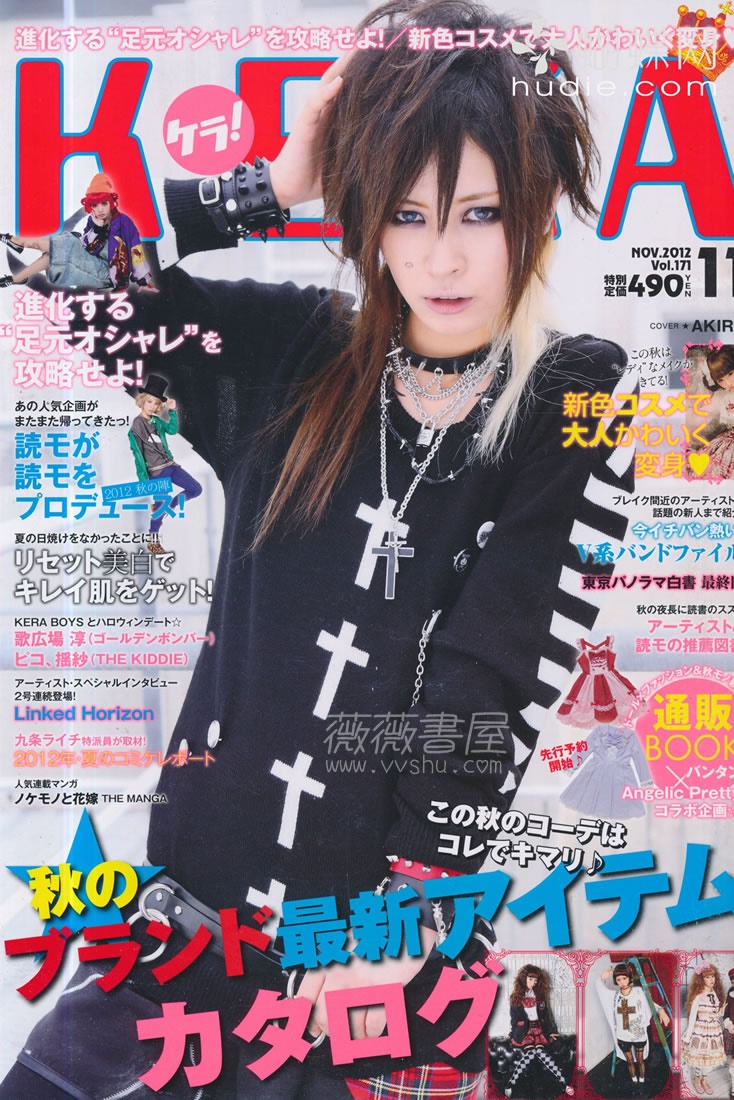As the title explains, the source article and this commentary of said article is about the relatively recent rise of “androgynous fashion” in Japan. It is also deemed as a “genderless” fashion style since “androgynous fashion” cannot be immediately associated with any one gender (in the binary system), unlike the internalised stereotype we are brought up with that boys wear blue and girls wear pink. Before adding my own input on this (I would say) relatively well-written article, let me start by summarizing some of the main points.
The writer, an anthropologist who grew up and lives “on-and-off” in Japan discusses androgynous fashion styles which she has found to be making its way amongst Japanese society. According to Wikipedia, androgyny is the combination of masculine and feminine characteristics. This thus also culminates in some form of gender ambiguity, that “Japan’s recent “genderless” fashion styles might confuse some visitors – was that person who just walked by a woman or a man?” And while there are both men and women who are into androgynous fashion, Japanese media tends to focus more on the men who do it. And yet, these men cannot be said to be cross-dressing because they aren’t trying to pass off as women, and neither are they necessarily gay. The writer then talks about the blurred lines between gender, sexuality and sex(ual acts) that this rising trend of androgynous fashion brings forth, elaborated under the different subheaders in the article.
When first reading the article, the first thing that came to my mind was that this seemed to paint an even more desolate picture of the double standards Japanese society has for men versus women. Men are given the freedom to do pretty much whatever they want – they can fuck whomever they want (as long as you were of a certain social standing), marry whichever woman with the sole purpose of her bearing him an heir, dress however they want while women are scorned if they dared do the same, and even “sell” that look in the case of those artistes who gain fans in part for being more feminine-looking. Considering how we have discussed – for a fact – in class that Japanese hostesses are easily objectified by their mostly-male clientele for homosocial bonding, and what we know of women’s rights in today’s Japan culture, this serves to prove even more that the inequality in how these two genders are perceived has very deep roots.
However, what I want to talk about in my commentary today is media portrayal and how it has influenced what perceive as “normal” with regards to gender and sexuality today.
Pictured above is a promotional photo for one of the many Visual Kei bands, Pentagon, of which the article describes as “featur(ing) bishōnen performers who don flamboyant, gender-bending costumes and hairdos”. As one who can speak from personal experience, Visual Kei has more or less evolved from a subgenre of performance arts to a subculture, wherein bands who do well pretty much amass cult followings of their own. Again, this is arguably made possible because of the gap in Japanese culture that allows room for fans to idolise men who, artificially or otherwise, adorn themselves to look more feminine. And this doesn’t end at actual living, breathing, Japanese men who can look the part; it crosses over to anime and manga where such “bishōnen” (lit. pretty, young boy) thrive.

An example of what a fictional bishōnen character/trope might look like. (No, I don’t know who he is.)
We also know of the existence of other subcommunities and cultures that do not necessarily see gender, sex and sexuality as one whole package. Travestis in Brazil, as discussed in class, bear some similarities to these “androgynous” Japanese men – having feminine traits or looking feminine doesn’t automatically make them more of a woman and/or less of a man. In Western culture, however, gender and sexuality is almost seen as a zero-sum game, thus calling into question how much of our perception of sexuality today has been influenced by mainstream Western media like Hollywood films.
Ultimately, this is just another angle of how one can view the entire debate surrounding gender and sexuality, more so in this day and age when the Internet has been giving members of the LGBTQIA+ community a louder voice and a more accessible channel to hold such meaningful conversations. As we delve deeper into how other cultures perceive these issues, we can only wonder how much of gender and sexuality is just humans being jerks, desperately wanting to label and pigeonhole others for their own (not sexual!) pleasure.

